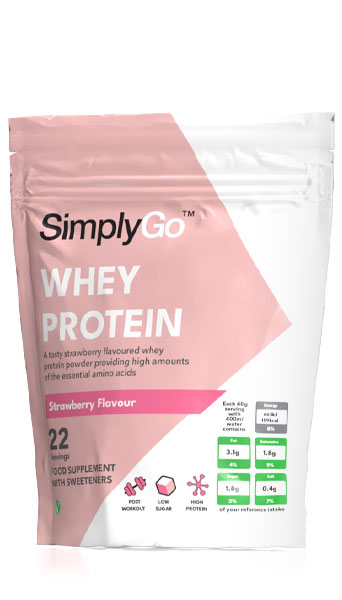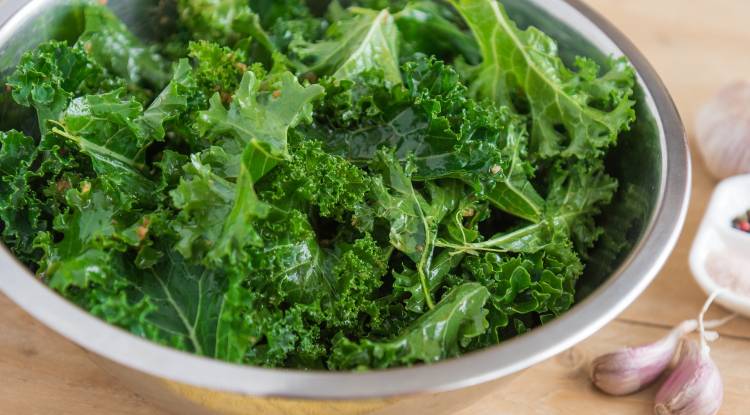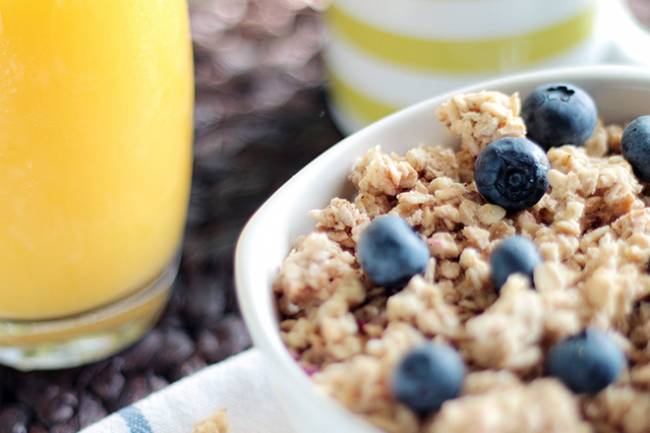Long Distance Running vs High Intensity Interval Training

Each year, tens of thousands of people take to the streets of London to test their fitness and mental drive over the 26.2-mile course of the London Marathon after months of training and preparation.
The traditional view has always been that in order to get fit, long distance; steady running was the way forward. With more and more people living busier lives, however; a new form of training has emerged that aims to increase fitness in as short a time as possible.
High-Intensity Interval Training has become one of the most popular forms of fitness for those looking to improve cardiovascular endurance and build lean muscle.
HIIT involves short periods of intense exercise, followed by longer periods of slower exercise. This aims to build lean muscle through employing fast twitch muscle fibres, as well as cardiovascular endurance through working the lungs and heart hard for shorter periods. In our latest article, we look at the pros and cons for each form of training.
Long Distance Running
Long distance running has been the preferred method of getting fit for thousands of years. Our ancestors would run long distances in order to catch prey or warn of incoming invasions as there were no other means of communication.
Steady state, long distance running involves running at a steady pace over an extended period of time which can be anything from 20 minutes up to hours in the case of a marathon. This is normally the preferred method of exercise for beginners as it allows you to gently start exercising at your own pace so that you don't overdo it on your very first workout.
It can also be performed more often as it is low intensity and so the delayed onset muscle soreness (DOMS) is often less with steady state cardio in comparison to high-intensity interval training.
There are some cons to long distance steady state cardio as well however and injuries can sometimes be more likely if you are running on a very regular basis. Activities like running place stress on the joints, especially when repeated over an extended period of time, day after day. This can make injury more likely.
Keeping the body in this stressed out state can also affect the body through hindering fat loss and breaking down the muscle tissue. Just think of the physique of a sprinter in comparison to a long distance running. One is thin and wiry; the other is more muscular and powerful. This is partly due to diet and training, and partly due to muscle catabolism or breakdown of muscle that can occur as the result of long-distance running.
High-Intensity Interval Training
High-Intensity Interval Training refers to short bursts of intense exercise where you go all-out for a short period, followed by a period of rest. HIIT should not last more than 20 minutes and can be done on anything from a bike to running to more functional equipment such as kettlebells.
This is becoming an increasingly popular choice for exercise due to people having busy lives and not necessarily being able to take 2 hours out of their day to go for a run. A good HIIT session can be completed in as little as 8 minutes and still leave you a breathless mess and so is perfect for people looking to keep fit on a busy schedule.
The type of training also means that not only is muscle tissue not broken down, but in many instances, it is actually enhanced and built meaning that HIIT not only strips fat but can also build lean muscle, giving you that lean, ripped look that many aspire to.
HIIT also allows you to continue burning fat long after you have completed your workout due to EPOC or Excess Post-Exercise Oxygen Consumption. This means that when you've stopped working out, your body continues to burn calories and fat for the rest of the day, increasing your metabolism and decreasing your fat percentage! Sounds great right?!
HIIT isn't for everyone however and definitely isn't recommended for those that haven't exercised for a while. Yes, your workout can be completed in minutes, but these minutes are hard! You need to push your body to around 90% of your maximum heart rate in order to reach the full benefits of HIIT or you're better off doing a gentler form of steady cardio.
Due to this, HIIT should be done a maximum of 3 times a week or your body will become more injury prone and you'll wear yourself out. As a result of this, it isn't for everyone and should be something to be built up to if you are looking to get fit and lose weight.
To Sum Up
Steady state cardio is no better or worse than HIIT, just different and dependent on your goals. If you're looking to run a marathon or complete a 10k in under an hour, the best training you can do is to run long distances in order to build your body to be used to that. If you're looking to strip fat and get fit quick and have a decent level of fitness, maybe HIIT is for you, but remember, you have to push yourself to the limit with HIIT or you won't see the rewards.
Any form of exercise is better than no exercise at all and it's up to the individual to test different workouts in order to see which works best for them.

 Nicole
Nicole 
























